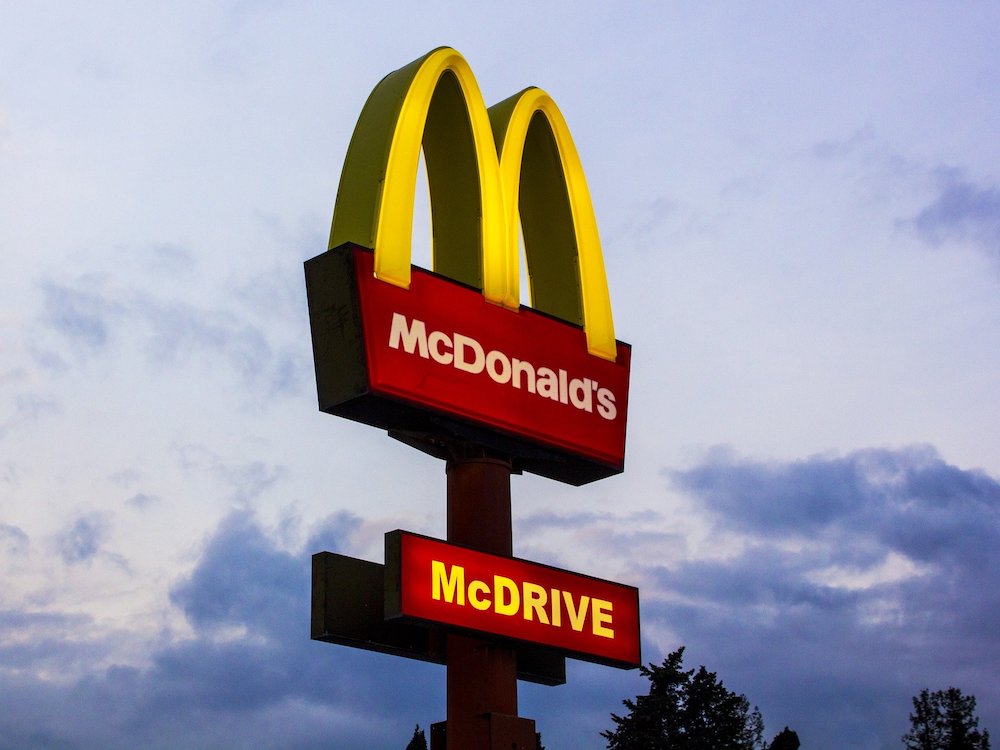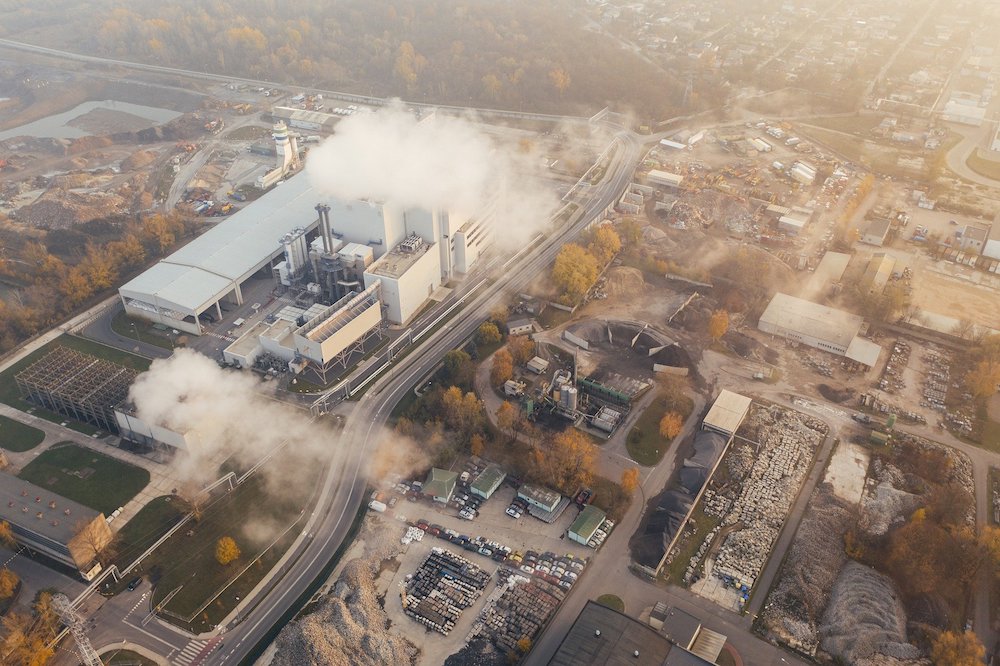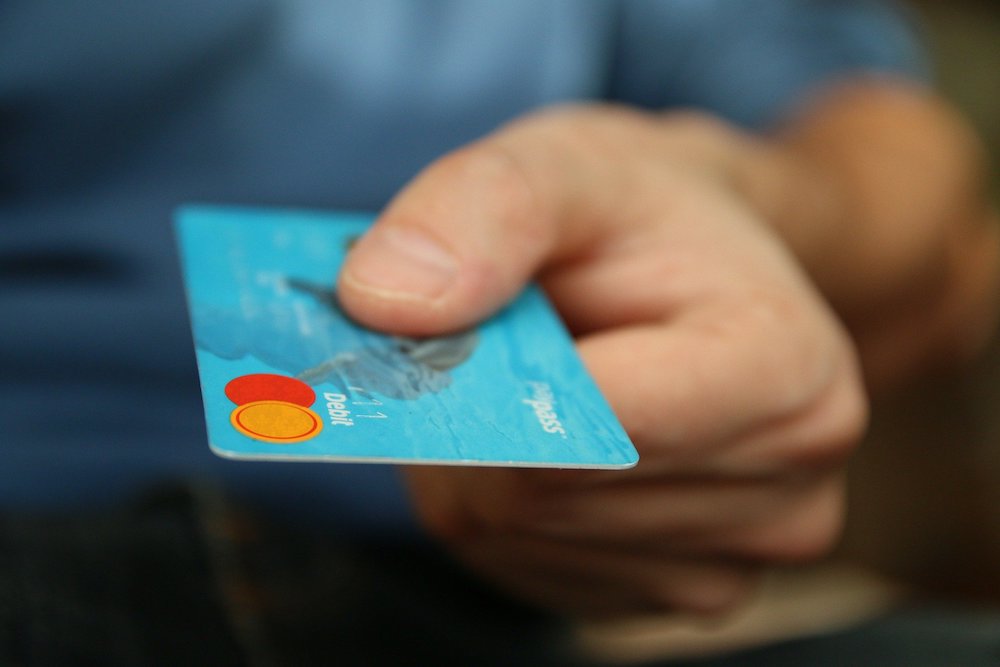Over the course of the next 30 years, Millennials and Gen Z will take $30tn of consumer wealth in the US alone

In January 2020, market researcher YPulse estimated that Millennials' and Gen Z would have the spending power of $2.5tn and $34bn respectively in the US in 2020 (Credit: Shutterstock/13_Phunkod)
From a return to reusables to the importance of affordability, NS Packaging looks at three ways the packaging industry can deal with the post-Covid-19 consumer landscape.
In January 2020, market researcher YPulse estimated that Millennials and Gen Z – consumers aged between 18-40 years old – had the spending potential of $2.5tn and $34bn respectively in the US in 2020.
Added to this, these two demographics are avid consumers – with roughly 58% of Millennials saying they “love to shop” compared to 40% of adults overall.
Alongside this, these generations are set to become the largest consumer in the world over the next five to ten years, with the pair composing nearly 70% of the workforce over the course of the next decade.
According to forecasting organisation Shaping Tomorrow, the two demographics will also take in the US alone $30tn of wealth over the next 30 years.
Therefore prioritising this group of consumers over the coming years has become evermore important for businesses.
Speaking at Packaging Innovations’ 2020 Discovery Day, takeaway firm Just Eat’s director of global partnerships Robin Clark believes these shifts in consumer power while force companies to become more sustainable.
He explained: “Baby boomers don’t really accept that sustainability drives consumer choice, Gen X [people born between 1965 and 1980] believes that sustainability does affect but they don’t really act on it, Millennials do make choices on sustainability, and Gen Z see it as the only issue.
“I believe that demography if nothing else will move us very hard.
“I think the other point that I would raise is that the pandemic has given us a really vivid picture of what happens if we don’t act together.”
In a post-Covid-19 world, we investigate three ways the packaging industry can adapt to this demographic change.
What the packaging industry can do prepare for the post-Covid-19 consumer space
1. Consumers turning back to the reusables space post-Covid-19
Whether it’s for drinks or for food, reusable and refillable packaging products have become more popular for consumers and businesses over the past few years.
In a 2018 survey conducted by environmental charity Keep Britain Tidy, it was found that an estimated 36% of people owned and regularly used a reusable water bottle.
During Covid-19, however, there were some fears from a number of consumers and some in the packaging industry that reusables could spread the virus.
Based on these concerns, early on in the pandemic businesses such as Dukin’ Doughnuts, Starbucks and McDonald’s temporarily banned consumers from using this type of packaging in their stores.
However, in June 2020 a group of more than 100 academics, scientists and doctors came together to tell retailers and consumers that reusable containers are safe to use.
The statement, signed by 119 experts made up of virologists, epidemiologists, biologists, chemists and doctors from 18 countries, says that reusables systems can be safely used with basic hygiene measures.
Also speaking at the Packaging Innovations day-long online industry conference, food chain McDonald’s’ sustainability consultant Helen McFarlane said: “Once we’ve got over the fear of the hygiene element of Covid-19, we can all slip back safely into the reusable space, but just understanding that may be a slightly different space to the one pre-Covid.”

In the reusables space, there’s some debate as to what model is best to deal with the packaging after its initial use – either the renter or owner model.
Refillable packaging firm Loop – owned and run by TerraCycle founder and CEO Tom Szaky – uses a renter model, which sees a small charge placed on the reusable packaging that is reimbursed when the container is returned.
Will King’s shaving firm King of Shaves uses the owner reusable packaging model.
Speaking at Packaging Innovations’ 2020 Discovery Day, he said: “We’re all about lifetime use ownership.
“Our beautiful durable aluminium and other plastic substrates get us out of the whole buy, use, bin model, and more into a genuine lifetime use, refillable position.”
Part of its business has seen it put refill stations in some of the major retailers, such as Waitrose and Sainbury’s.
King explained: “People who’ve already bought the container stock up with a refill or two at the get-go – a bit of a downside is the input cost of goods on the refillable, a higher aluminium pump, but the cost of the refillers are low.
“And it’s been more about getting the big retailers such as Waitrose and Sainsbury’s to put the refills alongside the refillable products, but they’ve been great at that.”
As for the refillables space going forward, King believes that it doesn’t matter whether or not it’s the owner or the renter model, reusables “cannot be more expensive” than plastics.
2. The packaging industry should focus on carbon reduction to become more sustainable post-Covid-19
A critical tentpole of almost all environmental policies from across the globe is the importance of carbon reduction.
Carbon’s role in the greenhouse effect is a major contributor to air pollution, as it traps heat in the atmosphere causing global warming.
On average, packaging accounts for about 5% of the energy used in the life cycle of a food product making it a significant source of greenhouse gas emissions.
Speaking at Packaging Innovations’ 2020 Discovery Day, Coca-Cola European Partners GB’s vice-president of public affairs and communications Julian Hunt believes understanding a product’s end-to-end carbon footprint is “absolutely critical”.
He added: “This is because packaging and carbon are inextricably linked and for a business like ours, 50% of our footprint is the end to end life of packaging that we use.
“So we need to understand the impacts of our actions, and where our carbon emissions come from using methodologies to take action.
“We are telling our suppliers today that 90% of our emissions are in this scope, so we need to work with all of our suppliers in order to achieve a pathway towards net-zero carbon emissions.”

Typically, in order to fully obtain a product’s carbon impact, companies usually conduct a life cycle assessment (LCA).
This is a form of cradle-to-grave or cradle-to-cradle analysis technique to assess environmental impacts associated with all stages of a product’s life – from raw material extraction through material processing, manufacture, distribution and use.
To understand the carbon impact of its packaging, McFarlane and McDonald’s brought in an MBA student from Exeter University to investigate its LCAs, looking at how many exist, and how it compares like for like.
She explained: “One of the things they came out with was that it depends on what you want to see in your outcome, and it’s not just about the actual carbon footprint of a range of materials, it’s about the capacity of it and when it’s likely to come to market.
“So if you’re looking at different materials to compare with something like plastic cutlery, what do we move to in the future? Is it wood, is it paper, or is it fungus-based?”
The end goal of any LCA process is to find a system that has the largest impact on carbon reduction.
3. Consumers focusing on the affordability of products post-Covid-19
In September 2020, grocery industry insight company IGD published an article focusing on affordability post-Covid-19 in the UK.
Young people have been the hardest hit by unemployment due to the pandemic – with figures published in September by the Office of National Statistics suggesting that some 695,000 UK workers have disappeared from the payrolls.
Of those, people aged 16-24 have been most heavily impacted.
As a result, IGD predicts that shopper confidence will remain fragile as consumers contend with the impact of a deep economic downturn in 2020.
McFarlane concurs with this assessment, believing that, though Gen Z consumers are sustainably minded, they are also financially driven at the moment.

She added: “I think that applies across the board, because lots of people, unfortunately, have been severely impacted by Covid-19 in terms of their jobs and lifestyles.
“There’s a lot more focus on financial rewards, there’s a lot of looking at businesses to have the answers and to take up the cost of any kind of changes, and we’re seeing that in regulation as well.”
Hunt also sees affordability being critical for consumers in 2021, though he believes businesses “can’t lose sight of the direction of travel”.
He added: “I think some of that will be perhaps driven by regulation, and in the packaging space there’s been a lot of regulation of late.
“But actually, some of this will be needed to respond to emerging consumer trends that are starting to bake into buying decisions, and then some of it is because it’s the right thing to do.”
